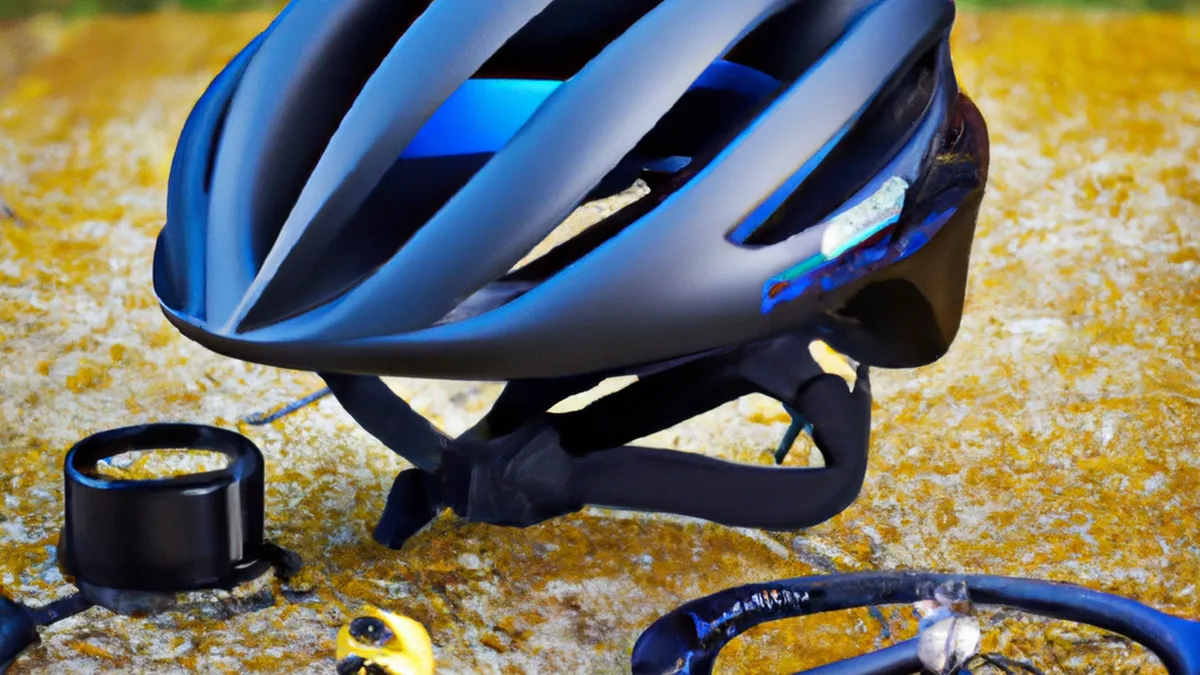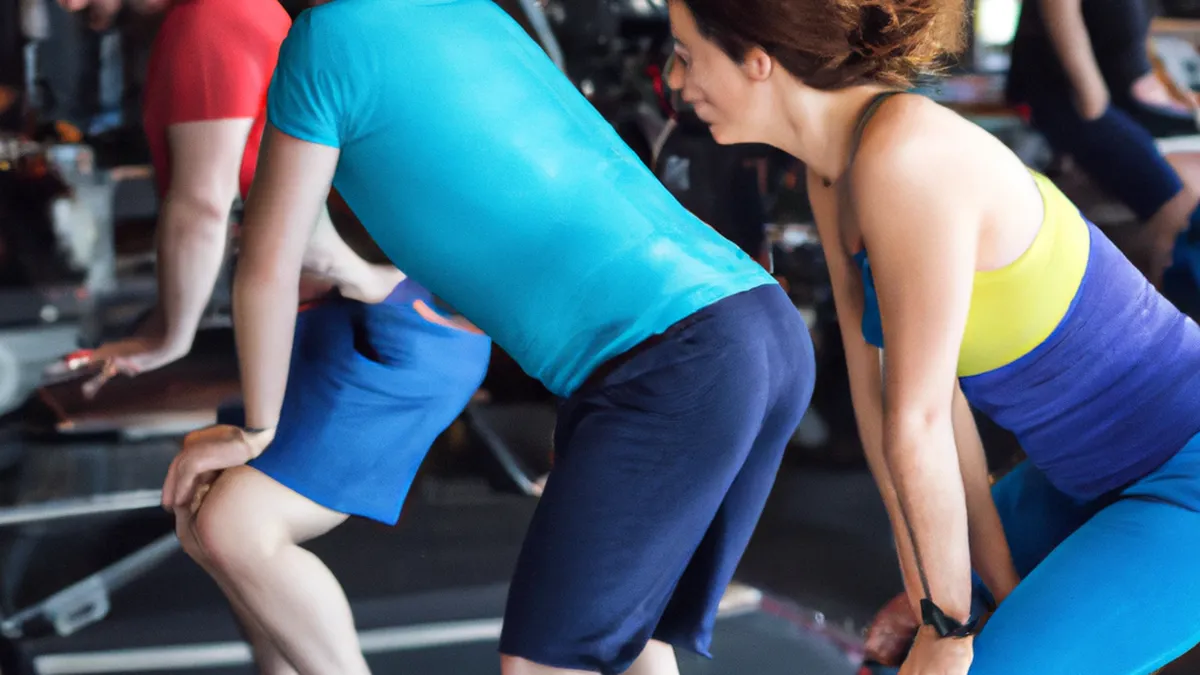Cyclists: Discover Foam Rolling Benefits
Foam Rolling for Cyclists: Unlock Your PerformanceCyclists often focus on the road but neglect recovery. This neglect can hinder performance. Many riders endure pain, believing endurance leads to success. However, proper recovery is as crucial as training. Foam rolling enhances recovery, reduces muscle tightness, and improves overall cycling performance. This blog explores foam rolling benefits, effective techniques, and integration into your routine.
What is Foam Rolling?
Foam rolling involves using a foam roller for self-myofascial release. This technique applies pressure to various muscle groups. It breaks up knots and tightness in the fascia, the connective tissue surrounding muscles. Targeted pressure releases tension, improves flexibility, and promotes blood flow. Cyclists benefit significantly as it targets common tightness areas from long rides.
Why Cyclists Need Foam Rolling
Cycling involves repetitive motion, leading to tightness in specific muscle groups. Long rides often tighten the quadriceps, hamstrings, calves, and hip flexors. Over time, these muscles can knot or tighten, causing discomfort and injuries. Neglecting these issues can hinder performance and diminish enjoyment. Foam rolling alleviates tension, enabling smoother rides and better endurance. It also prepares muscles for performance by increasing blood flow and flexibility. This practice becomes essential for cyclists of all levels.
How to Foam Roll Effectively
Maximize foam rolling benefits with these practical tips:1. **Choose the Right Foam Roller**: Foam rollers vary in densities and sizes. Beginners should use a softer roller for a gentler experience. Experienced users may prefer a firmer roller for deeper pressure.2. **Target Key Areas**: Focus on muscles affected by cycling. Common areas include: – **Quadriceps**: Rolling these muscles alleviates tightness and improves performance. – **Hamstrings**: Maintain flexibility by rolling these often-tight muscles. – **Calves**: Rolling tight calves helps improve your pedal stroke. – **Hip Flexors**: These muscles tighten from prolonged sitting in the saddle.3. **Use Proper Technique**: Roll slowly over each muscle group for 30 seconds to two minutes. If you find a knot, pause and apply pressure for 20-30 seconds until the tension releases.4. **Incorporate Breathing**: Use deep, controlled breathing while foam rolling to enhance relaxation. This technique helps you tolerate discomfort better.
Conclusion
As an Amazon Associate I earn from qualifying purchases.
Gear tip: consider foam roller, massage gun, and lacrosse ball to support this topic.
Foam rolling significantly improves recovery and performance for cyclists. Prioritize this practice to enhance your cycling experience.
Below are related products based on this post:
FAQ
What is foam rolling?
Foam rolling is a self-myofascial release technique that uses a foam roller to apply pressure to various muscle groups. This process helps break up knots and tightness in the fascia, improving flexibility and promoting blood flow. It is particularly beneficial for cyclists who experience tightness from long rides.
Why do cyclists need foam rolling?
Cyclists often engage in repetitive motion, which can lead to tightness in specific muscle groups like the quadriceps, hamstrings, calves, and hip flexors. Foam rolling alleviates this tension, enhances recovery, and improves overall performance. It is essential for maintaining flexibility and preventing injuries.
How can I foam roll effectively?
To foam roll effectively, choose the right foam roller based on your experience level and target key muscle areas affected by cycling. Use proper technique by rolling slowly over each muscle group for 30 seconds to two minutes, and incorporate deep breathing to enhance relaxation. This approach maximizes the benefits of foam rolling.















Post Comment